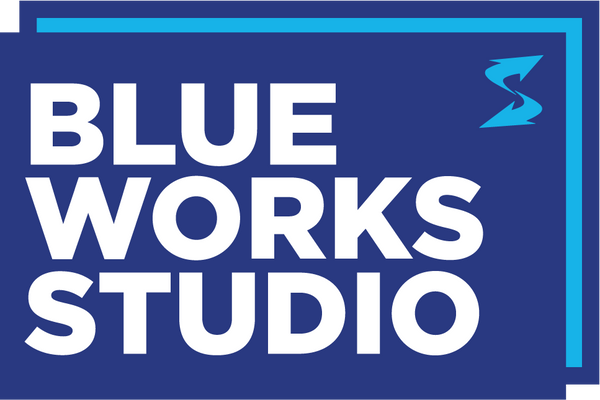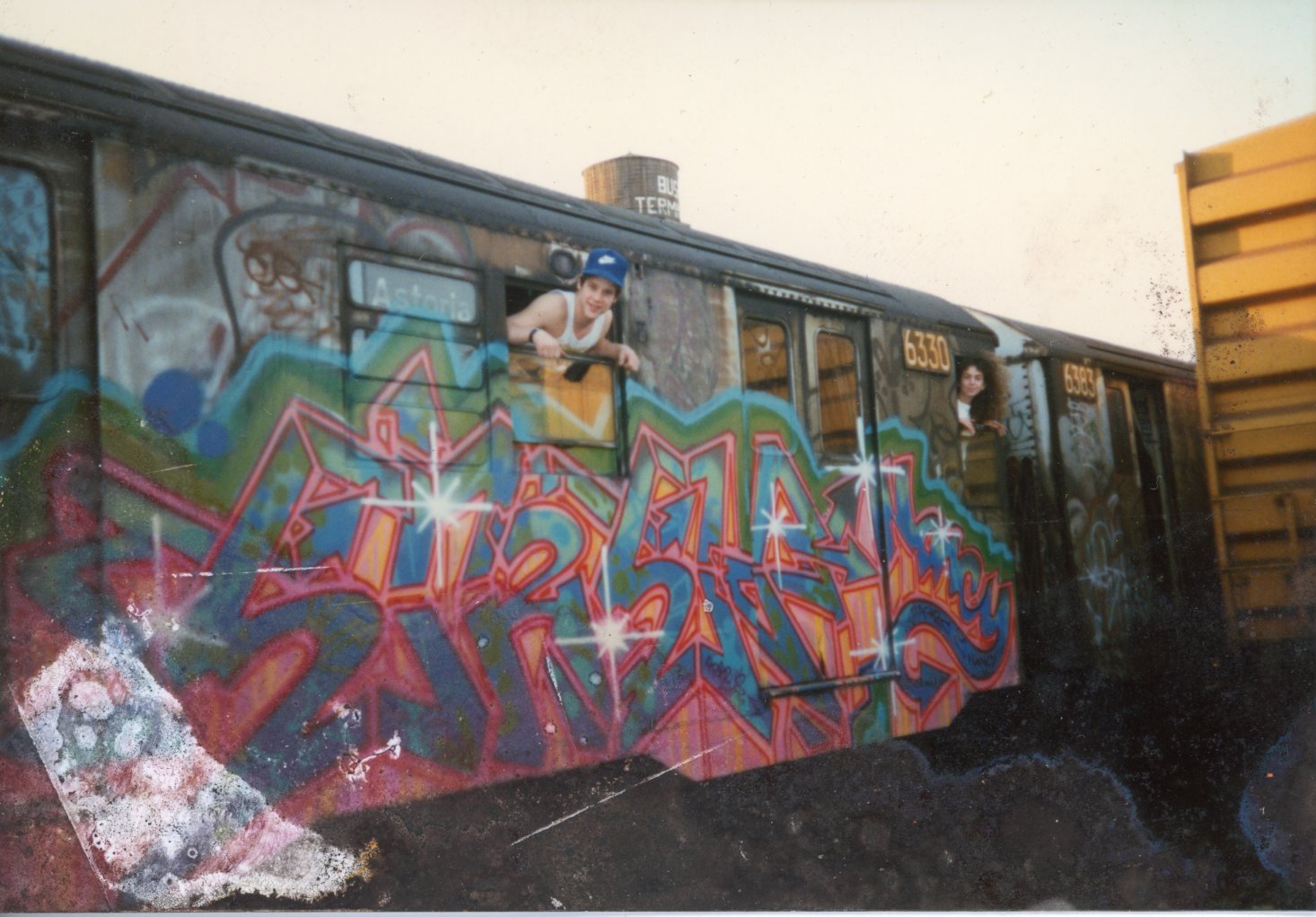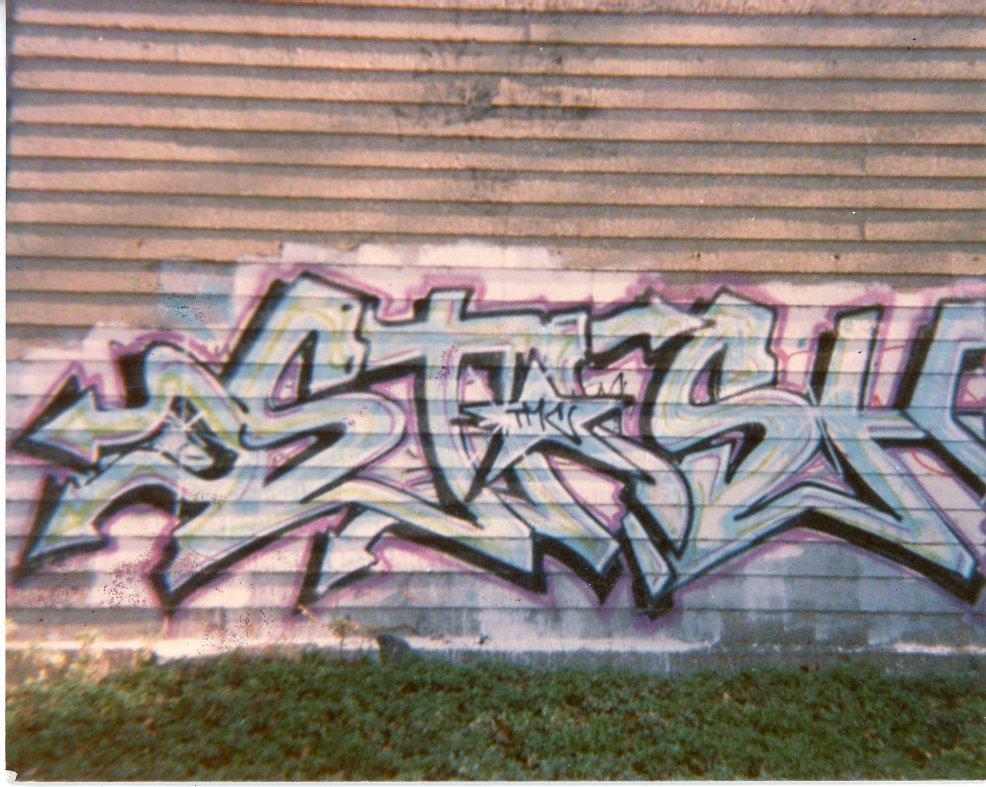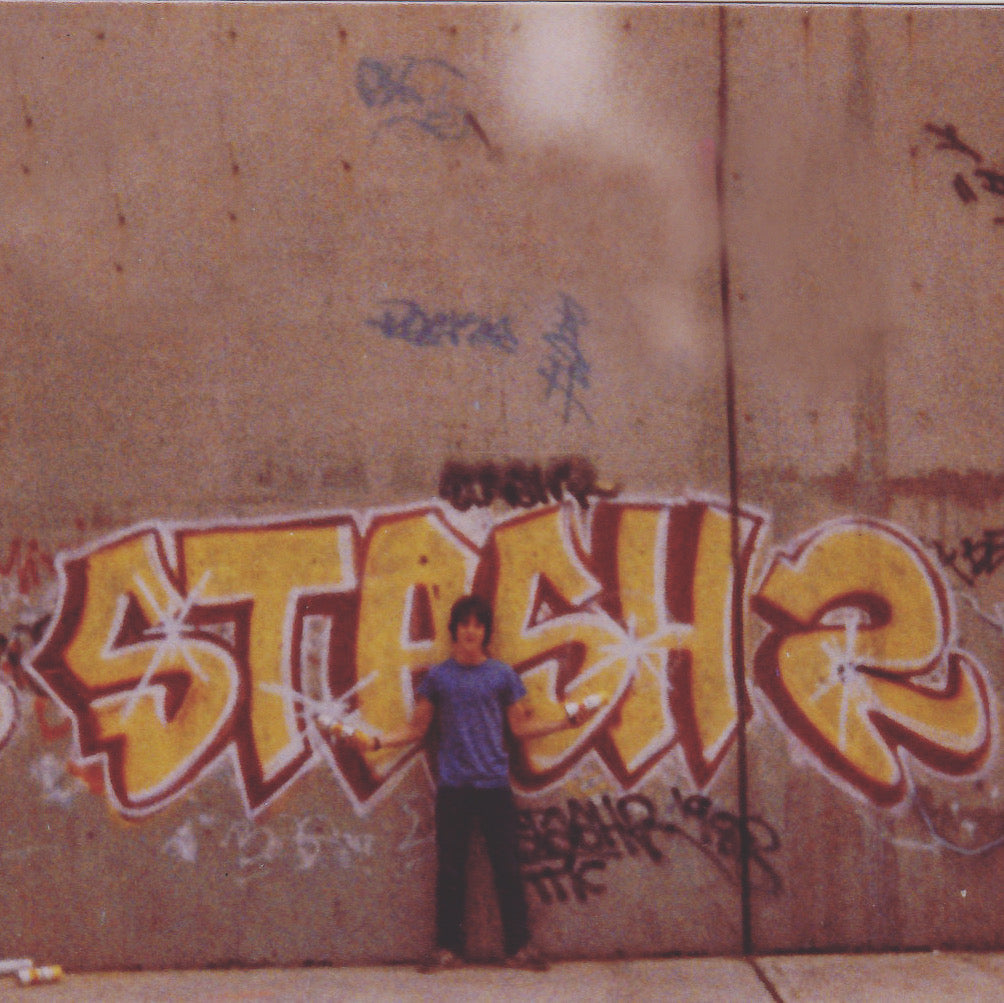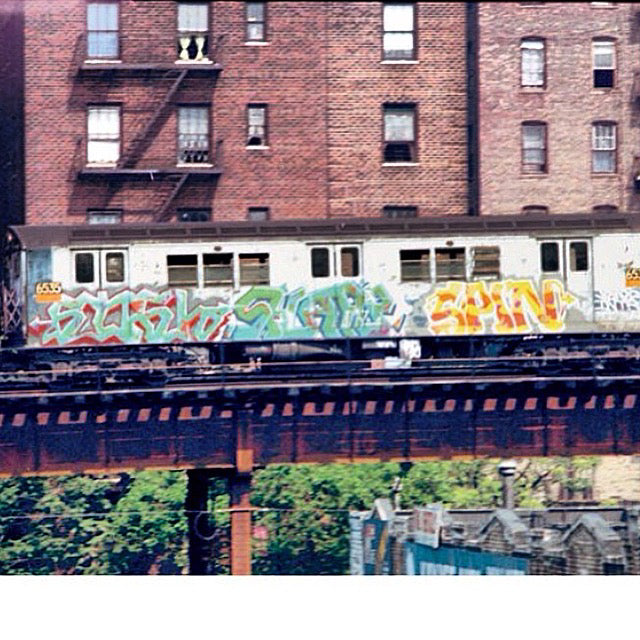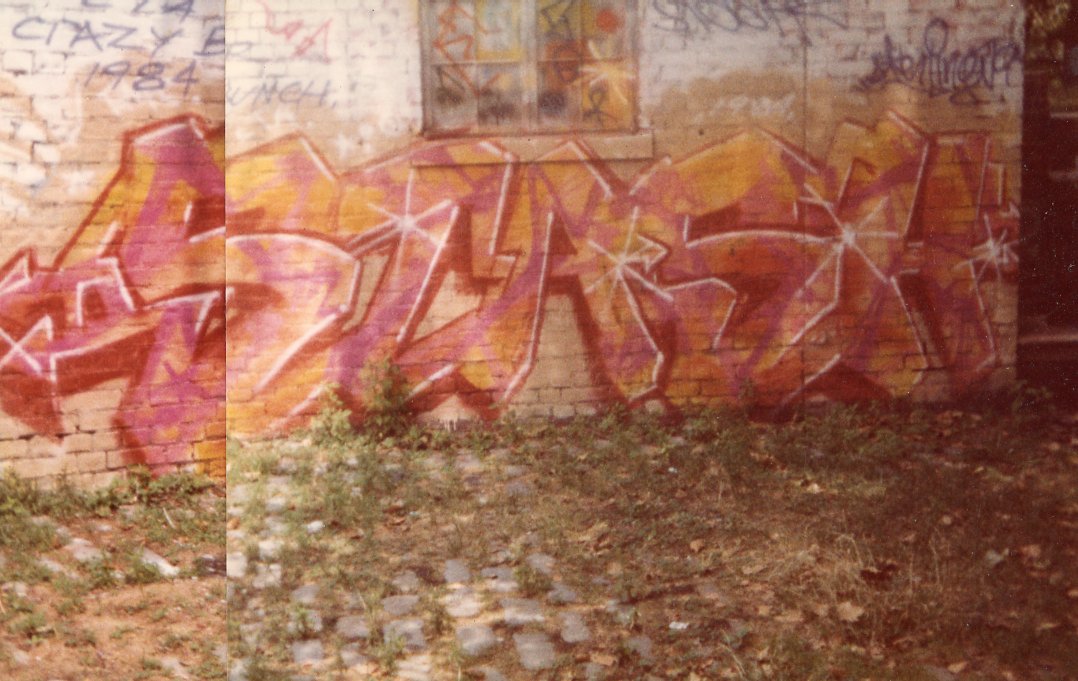Welcome to the home of Visual Maintenance.
Brooklyn Made.
-
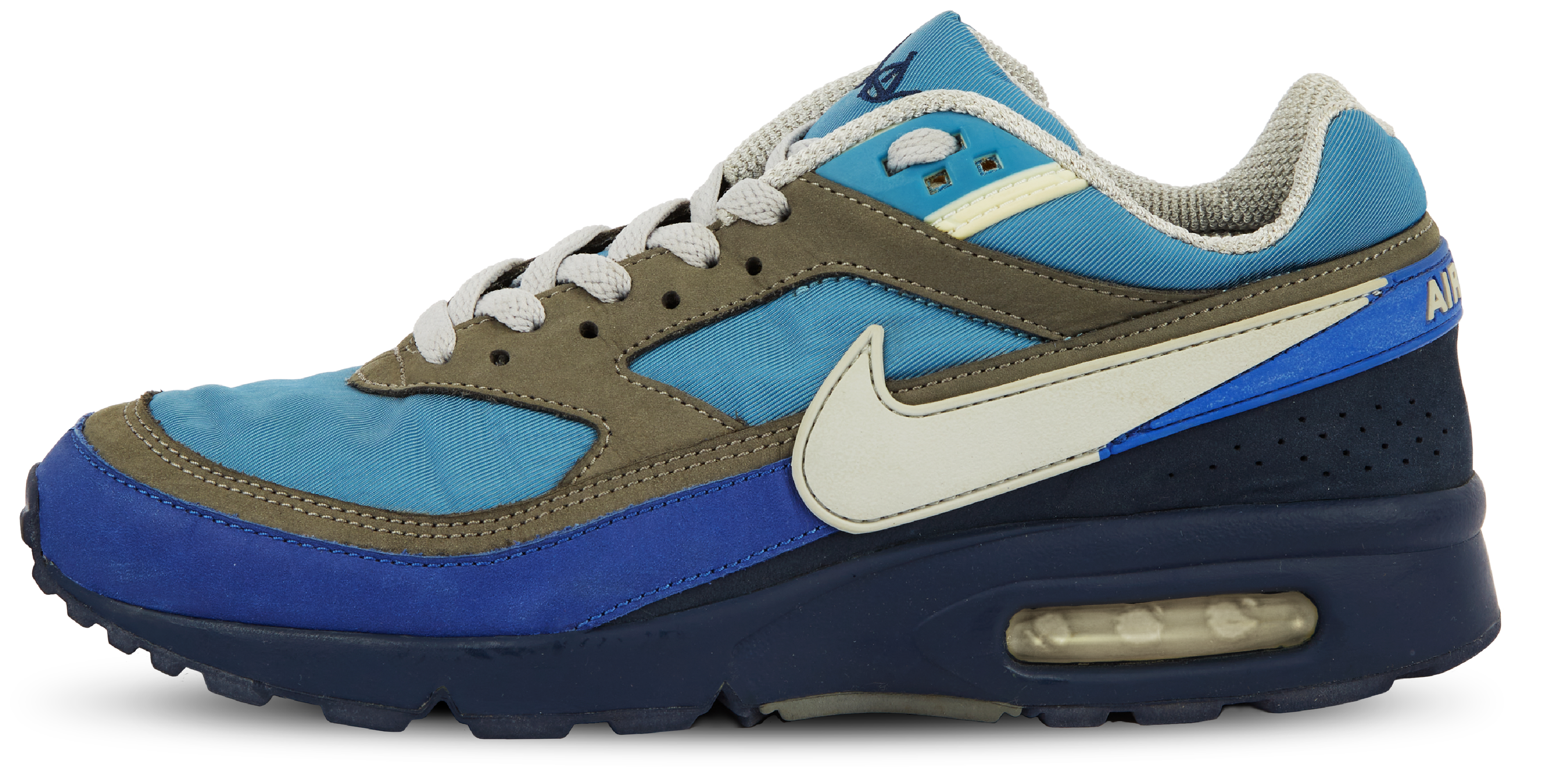
A Career of Many Firsts
Early on in his career, Stash was able to bridge the art and design community, laying the foundation for the modern landscape of product collaboration.
-
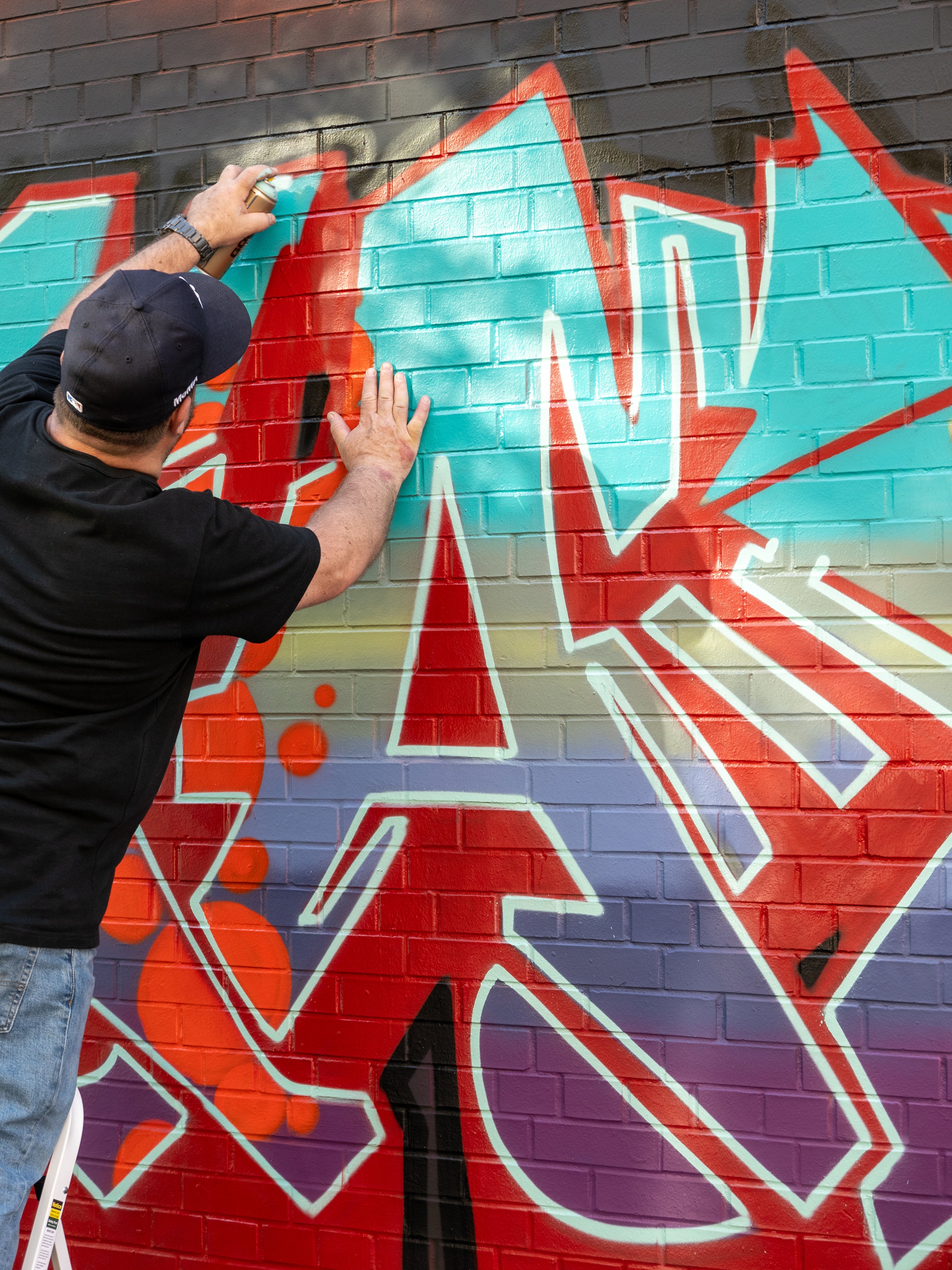
The Common Thread
Growing up as a city kid, it was his exposure to the subway graffiti movement that allowed him to find his voice and define his early style.
-
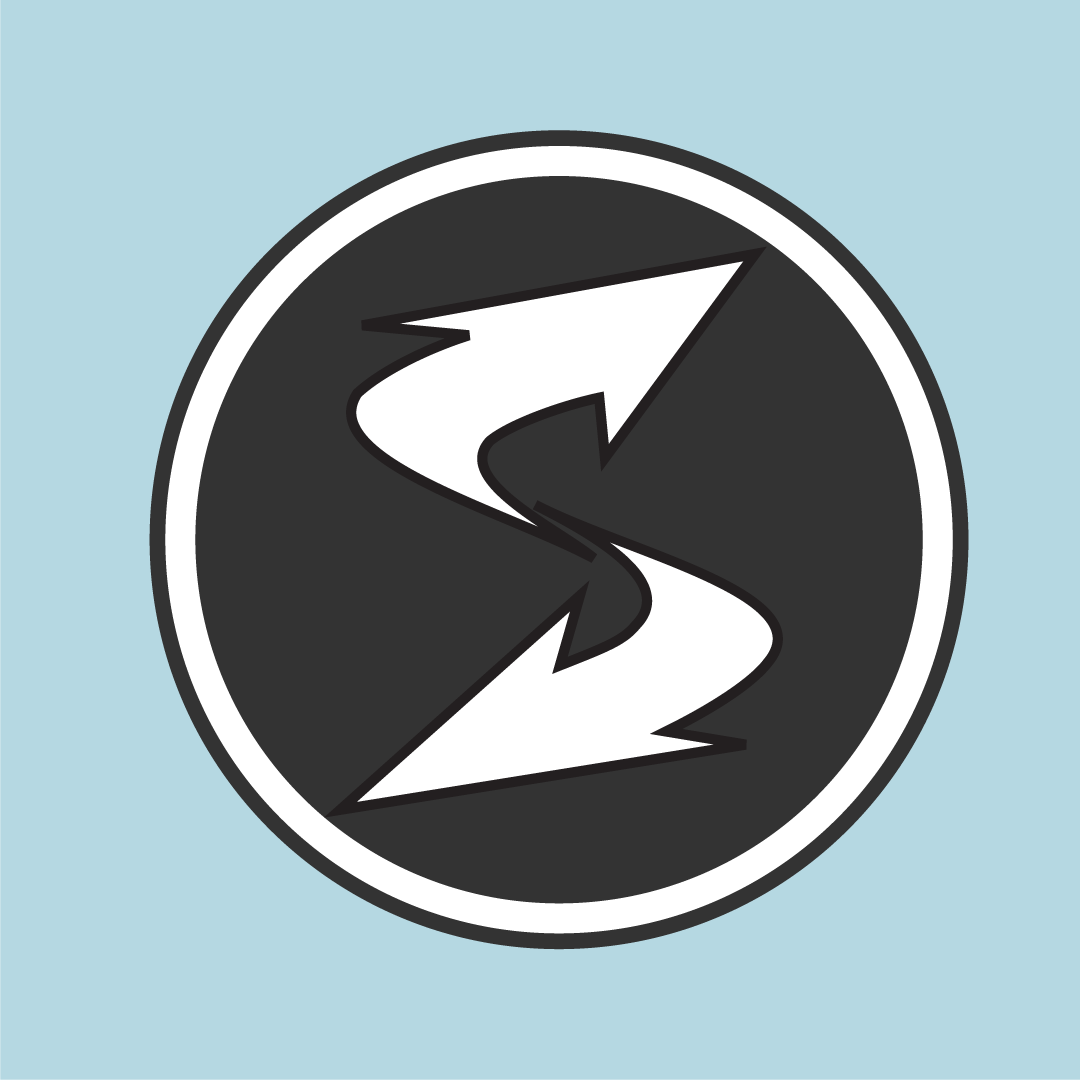
Surfaced in '93
Subware is Stash's home to translating the iconography of the graffiti movement.
His deep roots in the graffiti community allowed Subware celebrated his contemporaries, bringing their artwork into the world of apparel and merchandise.
Urban Expressionism
During the height of the New York City Subway Graffiti movement in the 1980's is when Stash was first exposed to the art form. Looking to get involved, Stash began painting trains and walls in 1983. This went on to become one of many defining moments in his lifetime.

Gallery Debut
Stash exhibited his first canvas during Graffiti Thanks A Lot art show in 1983 at Patti Astor's FUN Gallery alongside of Keith Haring, Jean-Michael Basquiat and many others when he was only 17.
This was the beginning of Stash's journey into the fine art world.
Canvas located ast bottom right Graffiti Thanks A Lot. Circa 1983 Photo: Martha Cooper
Pushing Ink
Before "streetwear" became the cultural cornerstone it is today, Stash was already laying the groundwork for its ascendance. He had great success with his early exploration with a DIY silk screen kit, where he started developed tee shirts for his friends inspired by his art and the world around him.
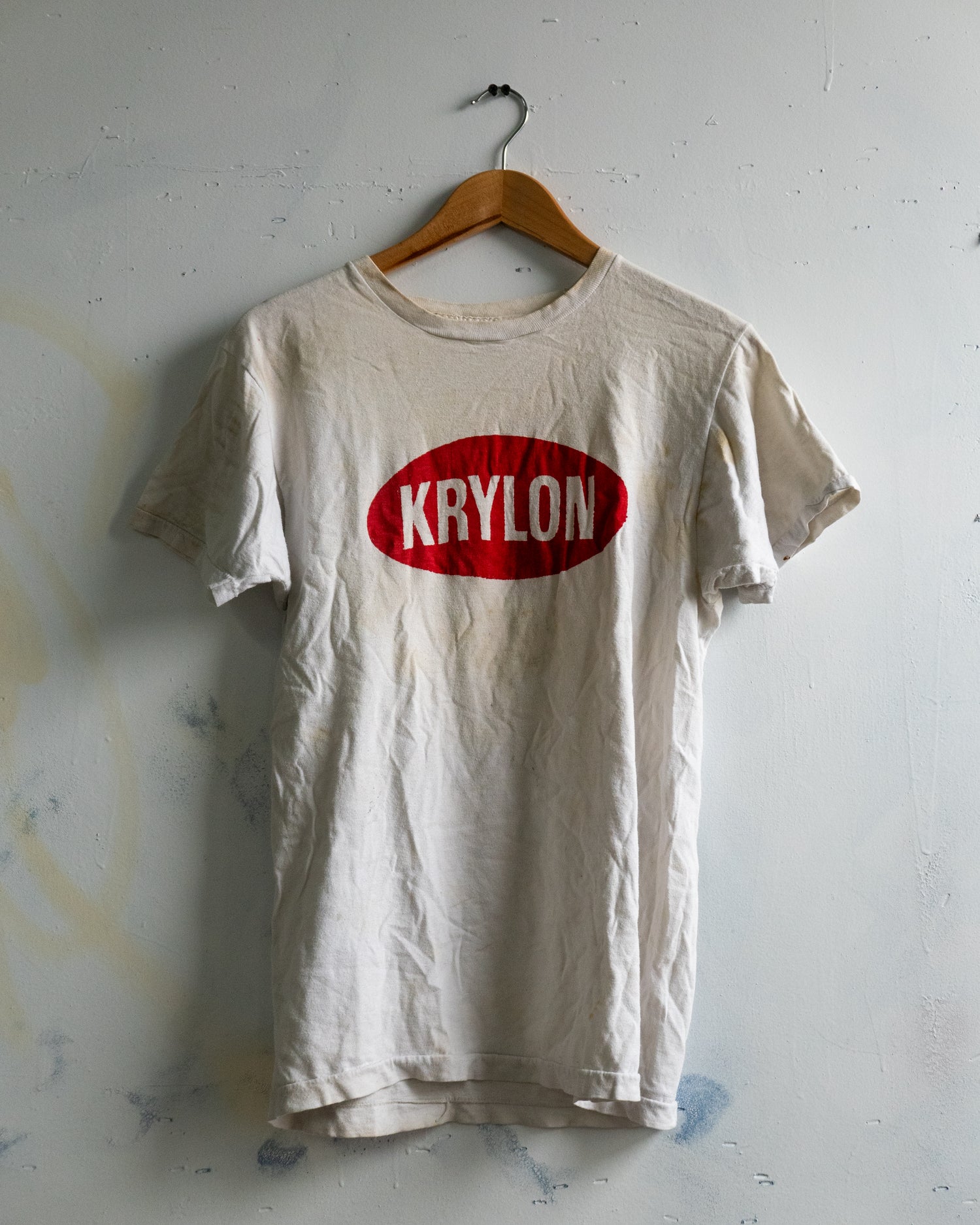
Do It Yourself
The idea for the Krylon Tee was an early appropriation an exploration of an existing subculture icon. Much like painting a subway car, these tee shirts were a passion project.
The commodification of the subway graffiti movement was in it's infancy, and he was just getting started. You can say that this is the product that really started it all.
Hand screened Krylon tee by Stash. circa 1985

Proof of Concept
In 1991, Stash got to show artwork at "Paris Graffiti", a pop up gallery on Rue Chapon. He brought professionally printed versions of the Krylon Tee and a new Rusto-oleum design to sell at the show.
For the production of these tee shirts, he teamed up with Gerb and Futura.
After success selling all of the shirts, this marked the first act of business. Upon returning from Paris, this was the birth of GFS.
Stash selling Krylon and Rust-oleum Tees in Paris at art show "Paris Graffiti". Circa 1991

For Those Who Know
As the S of GFS, Stash brought his own style and
design concepts. After the success of the Krylon Tee, he decided to appropriate another subculture reference.
The Phillies Blunt Tee set off a chain of events, earning global
recognition for its cosigns within the hip-hop and graffiti community, putting GFS on the map.
Photo for Subblueminal. Circa 2020 Photo by Suekwon
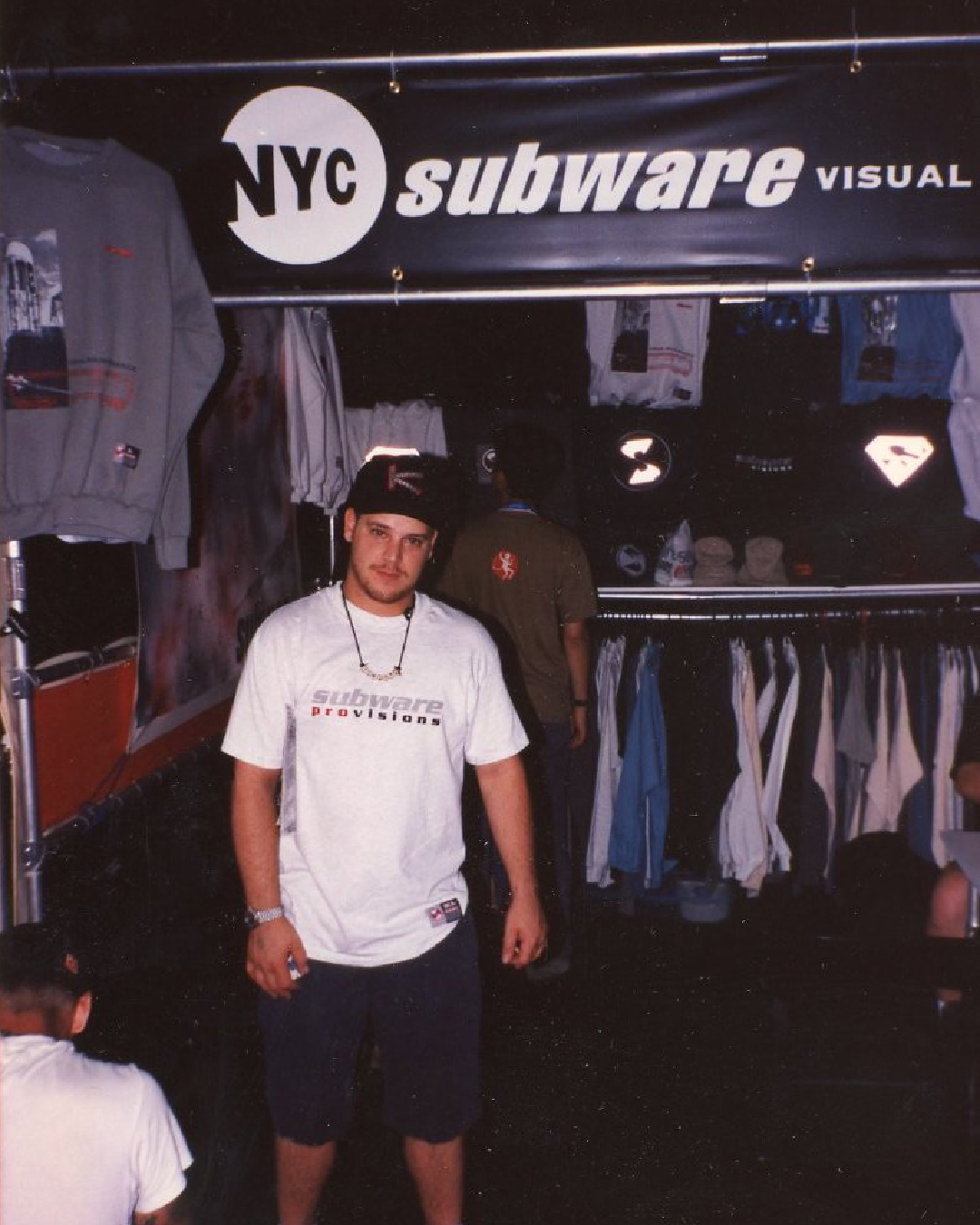
Surfaced in '93
After the disbandment of the group, Stash pivoted right into operating is own label, Subware.
Subware was Stash's home to translating the iconography of the graffiti movement into apparel.
It served as a bridge between artists, noted as some of the earliest examples as what would become the "artist collaboration".
Subware has been sold in catalogs, through trade shows, and at boutiques around the world. Some of the earliest pieces can still found online and by select vintage shops focused on early 90's streetwear.
Stash offering Subware at the 432F Trade Show in San Diego. Circa 1995
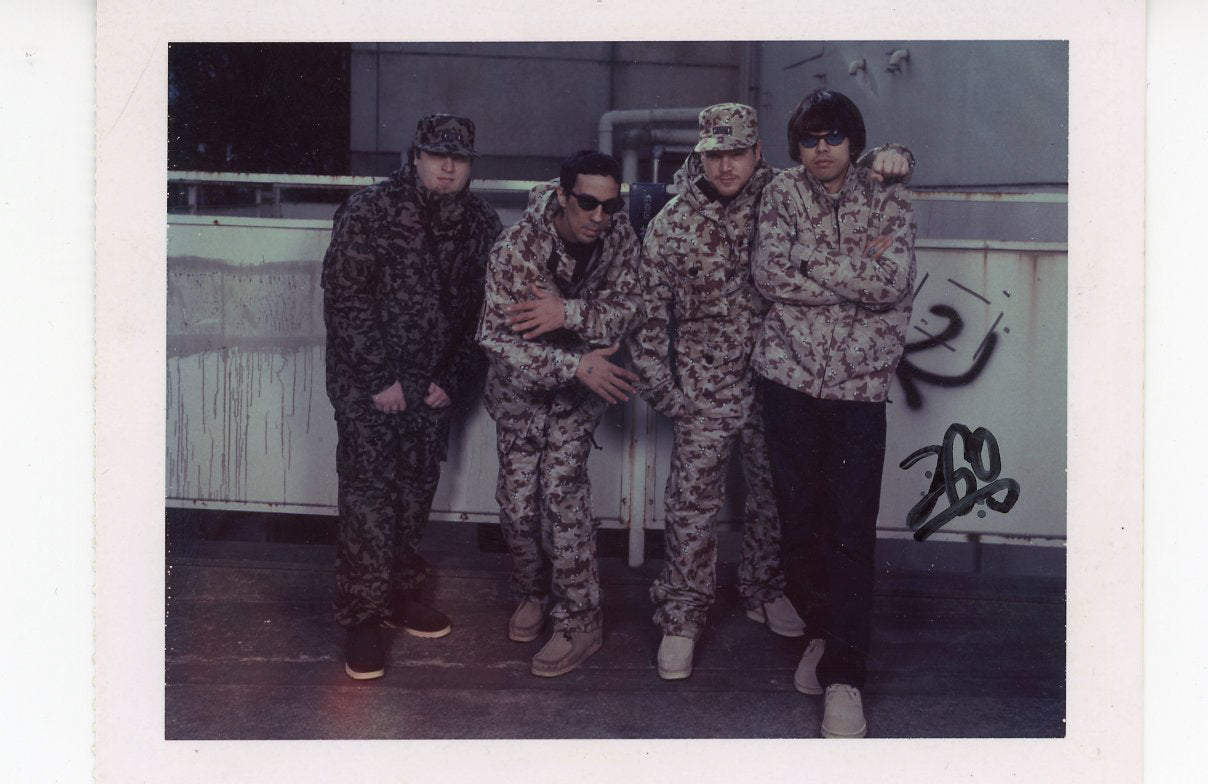
The Harajuku Connection
During 1995, an early distributer from Fukoka, Japan, invited Stash alongside 3 New York brands. While in Tokyo, Stash was introduced to Nigo and Sk8thing through his London based friend Hitomi.
Stash was invited to meet them at the Nowhere office, where Kennyboy, another mutual friend was brought in to translate. They were already well aware of GFS, specifically Stash's contributions and design language. A new relationship was born. Also at this time, Subware had just switched distributors in Japan from Fukoka to Mad Hectic in Tokyo.
At the same time, Stash also started a working relationship with A Bathing Ape that lasted the better part of two decades.
Bleu, Furuta, Stash, and Nigo in Tokyo. Circa 1997
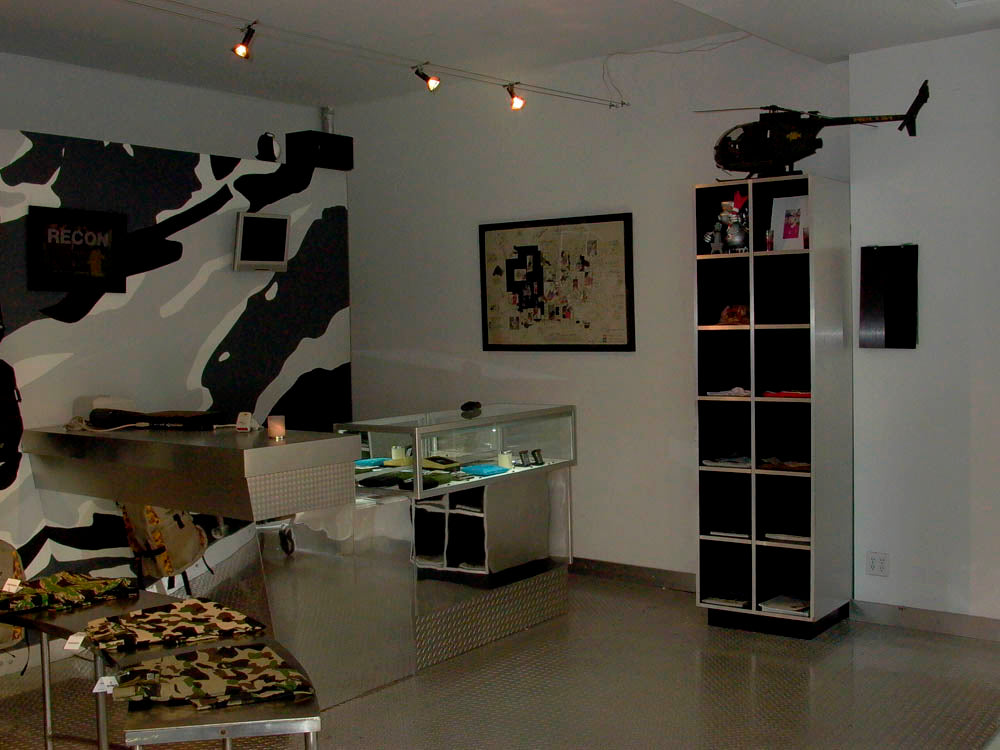
Retail Therapy
Stash opened his retail boutique, Recon, on Eldridge Street on the Lower East Side back in 1999.
Recon was the first store in the city with early access to the Ura-Harajuku brands, such as Neighborhood, Bounty Hunter, WTAPS, A Bathing Ape, and more.
During Recon's history, they also had shops in Tokyo and San Francisco.
Recon Shop, New York City. Circa 1999
The Saga Continues
Stash's continued work not only paved the way for his own career, allowing him to gain a wider audience and recognition beyond the underground art scene in New York, but also opened doors for the industry as a whole. His relationship with Nike is often sighted on as a pivotal moment that helped to shape the future of what we know as sneaker culture.
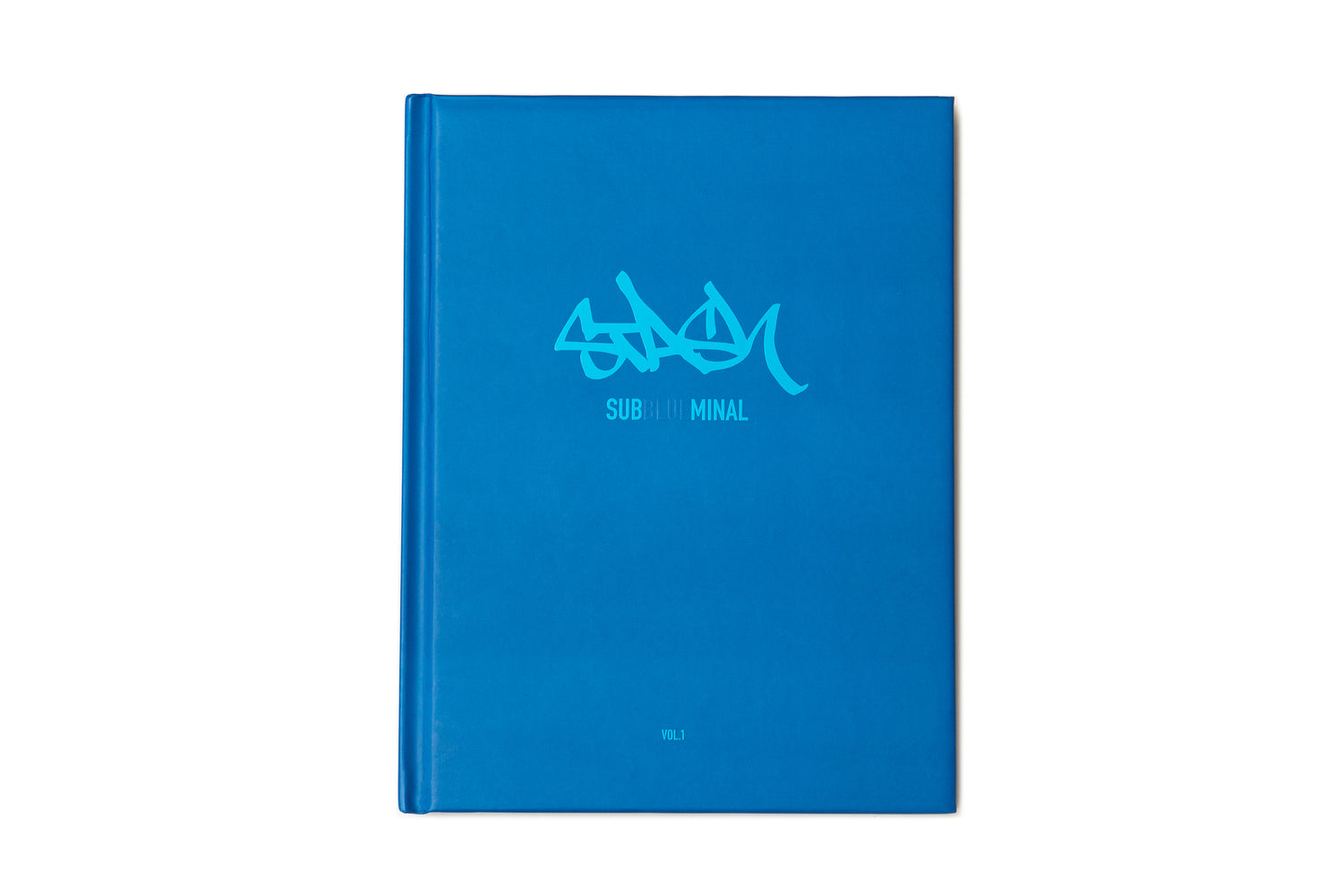
SUBBLUEMINAL
Up until this time, Stash's journey has never been documented from our perspective, only reported on. Led by Jahan and Ting Loh of Invasion Studios, SUBBLUEMINAL changes this, featuring excerpts from Stash's contemporaries across the industry and culture.
Welcome to Blue Works Studio.
Thank you for riding with us.
Powered by co.Rampino
